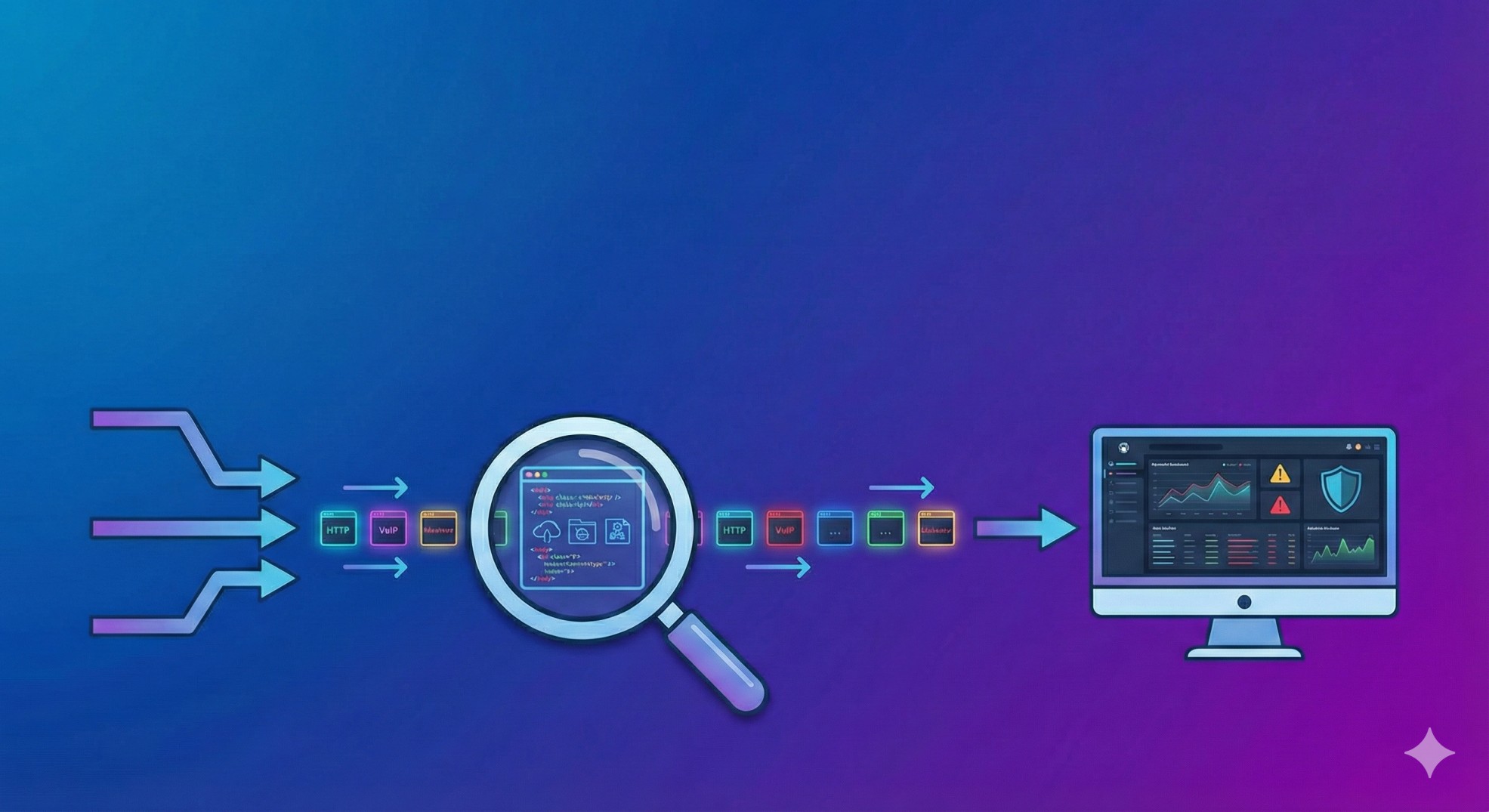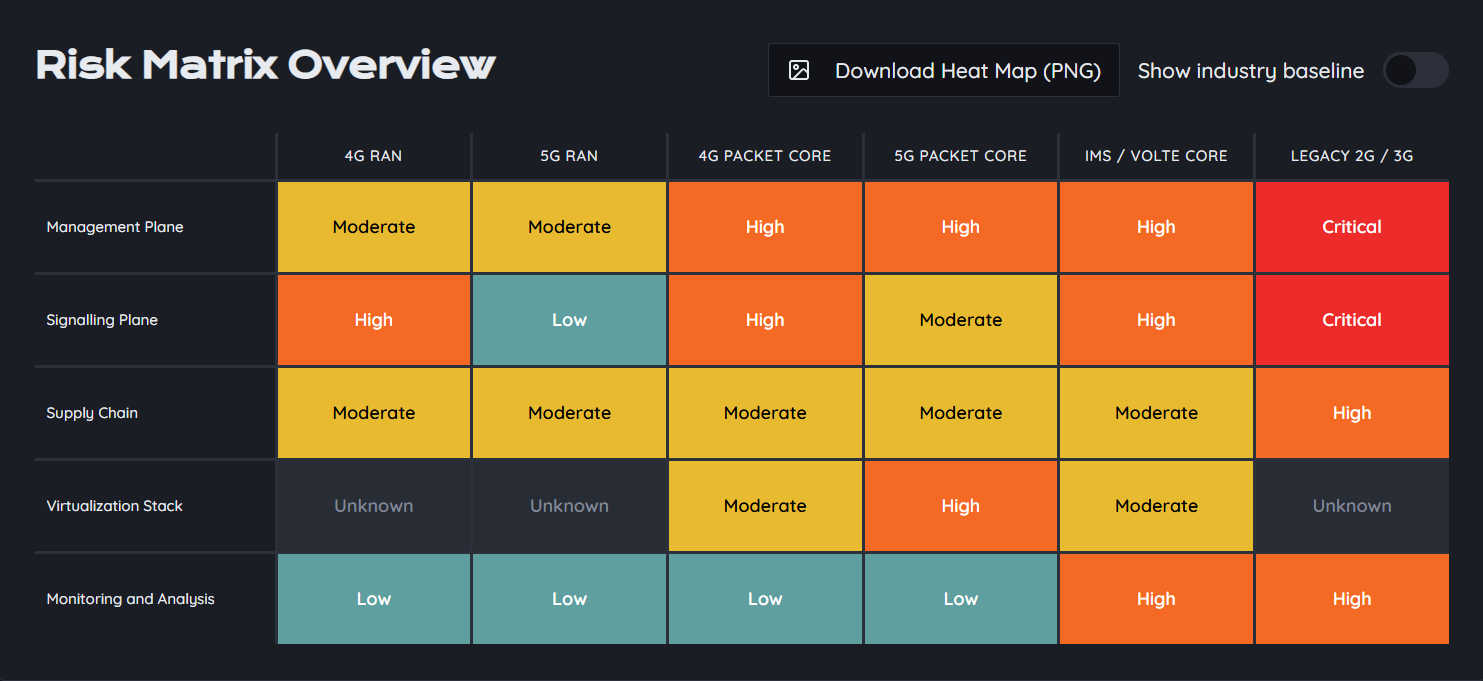In today’s telecom landscape, the Signaling System 7 (SS7) protocol remains a critical component for enabling communication between network elements. However, its concerning vulnerabilities have made it a prime target for cyberattacks. As mobile banking, online payments, and smart devices become omnipresent, understanding SS7 attacks and their implications is essential for securing your mobile networks.
What is SS7?
Signaling System 7 (SS7) is a set of telecommunication protocols used to facilitate communication between network elements in a public switched telephone network (PSTN). It plays a crucial role in establishing and controlling telephone calls, routing SMS messages, and managing mobile services. SS7 enables various functionalities, including:
- Call Setup and Teardown: SS7 helps in establishing and terminating calls between mobile users and fixed networks.
- SMS Delivery: The protocol is responsible for routing text messages from sender to receiver.
- Mobile Roaming: SS7 enables seamless connectivity for users traveling outside their home network, allowing them to access services without interruption.
Even though SS7 is very important, it has several vulnerabilities that attackers can exploit, making it a significant security concern for both telecom operators and subscribers.
How do SS7 Attacks Work?
SS7 vulnerabilities can be exploited by cybercriminals to perform a wide range of malicious activities. They can intercept communication signals, access sensitive information, manipulate data, or commit fraud. Here are some common attack methods:
- Subscriber Information Disclosure: Attackers exploit SS7 weaknesses to gain unauthorized access to subscriber information, such as phone numbers, location data, and account details. This information can be used for further attacks like identity theft or fraud.
- Traffic Interception: Cybercriminals can intercept calls and SMS messages, including one-time passwords (OTP) used for two-factor authentication in banking and online services. This allows attackers to bypass security measures and gain unauthorized access to bank accounts, leading to identity theft and financial fraud.
- Fraudulent Transactions: By manipulating SS7 signaling, attackers can reroute calls or messages meant for financial institutions or mobile banking apps. This enables them to initiate or approve fraudulent transactions, draining victims’ accounts without their knowledge.
- Denial of Service (DoS): Attackers can overwhelm mobile networks by overloading signaling channels, causing service disruptions. This prevents legitimate users from accessing mobile services, including banking or payment applications, leading to financial losses and operational downtime for service providers.
- SIM Card Swap: SS7 vulnerabilities can be exploited to facilitate SIM swap attacks, where an attacker takes control of a victim's mobile number by deactivating their SIM card and activating a new one. This allows the attacker to receive calls and SMS messages intended for the victim, including OTPs for mobile banking accounts.
- SIM Card Recycle: When telecom operators recycle dormant phone numbers, attackers can exploit SS7 vulnerabilities to gain control over old SIM cards that may still be linked to digital financial services accounts. By intercepting communication on recycled SIMs, attackers can hijack financial transactions or access sensitive data.
By exploiting SS7 weaknesses, cybercriminals can target both individual users and critical services such as Digital Financial Services (DFS), resulting in severe financial and reputational damage to operators and subscribers alike.
SS7 Attacks and Their Impact
The impact of SS7 attacks extends beyond individual user accounts. Here are some big consequences that might occur:
- Financial Loss: Individuals and businesses can suffer substantial financial losses due to unauthorized transactions and fraud.
- Reputational Damage: Mobile operators may face reputational harm if their networks are compromised, leading to a loss of customer trust.
- Operational Disruption: Attacks can disrupt mobile services, affecting not only telecom operators but also industries reliant on mobile connectivity.
Current State of SS7 Security
The telecom industry has made significant strides in identifying and analyzing SS7 vulnerabilities. Strong industry associations have raised awareness, and solutions are available to mitigate risks. Yet, the primary challenge remains the adoption of proper security measures at a broader scale.
Traffic Monitoring and Inspection
More than 84% of operators actively monitor SS7 traffic, inspecting signaling at crucial points like the STP (Signaling Transfer Point) and HLR (Home Location Register). These inspections allow operators to detect abnormal SS7 activities that may indicate an attack. However, these measures often belong to a basic protection level and may not be enough to address complex or targeted attacks.
Malicious Traffic Mitigation
A big part of telecom providers have the capability to react to malicious traffic, employing techniques like traffic redirection and blacklisting SCCP Global Titles. Some operators also monitor for abnormal SMS activities, mitigating SS7 messages not expected at the interconnect level.
Challenges and Areas for Improvement
Despite these efforts, SS7 security faces several challenges:
- Aging Infrastructure: Many SS7 systems are outdated and do not support the latest security protocols. This infrastructure is often difficult and costly to upgrade, leaving critical gaps in network security.
- Lack of Expertise: Another significant issue is the limited number of SS7 engineers who possess deep expertise in signaling security. These experts are often not integrated into telecom security or fraud teams, creating a knowledge gap that can hinder effective responses to sophisticated SS7 attacks.
While basic security measures can prevent most attacks, they are insufficient to stop highly targeted or complex threats. Attackers have had years to refine their techniques, and the ability to launch devastating big scale attacks at social, economic, or political levels continues to grow, and that’s where P1 Security steps in.
How Can P1 Security Help?
To combat SS7 vulnerabilities and secure networks, P1 Security offers a various suite of services:
- PTA - P1 Telecom Auditor: PTA scans your telecom infrastructure and deployed protocols (SS7, Diameter, and GTP-C), identifies vulnerabilities, and guides you to the appropriate remediation steps.
- PTM - P1 Telecom Monitor: PTM monitors your traffic for known vulnerabilities by querying the Vulnerability Knowledge Base (VKB). If an exploit is detected, an alert is triggered with all the VKB details.
- VKB - P1 Vulnerability Knowledge Base: This extensive database houses over 2000 vulnerabilities, updated monthly with new findings from PTA, PTM, and our expert consulting teams.
- OTP - Online Training Platform: P1 Security provides comprehensive training courses, including:
- TS-201 SS7/SIGTRAN Security
- TS-250 IMS Security
- TS-401 LTE and Diameter Security
- TS-501 5G Security hands-on course
As the telecom landscape evolves, so do the threats posed by SS7 vulnerabilities. While significant progress has been made, the challenges of aging infrastructure and the lack of expertise remain. Organizations must prioritize adopting comprehensive security measures to safeguard their networks against SS7 attacks and protect sensitive user information.
🔐 Looking for the full picture? Explore the Ultimate Guide to Mobile Network Security — your complete resource on telecom security, from architecture to audits.
.png)



